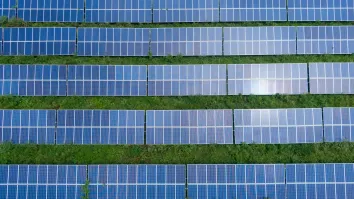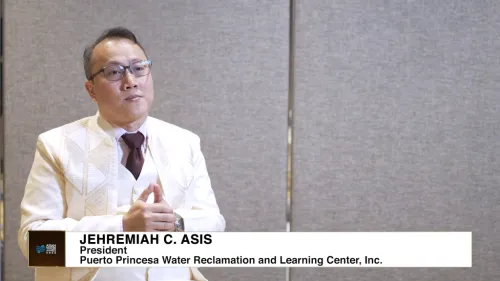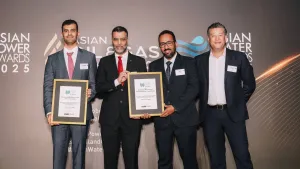Making business case for solar PV in Singapore happen
By Anton Finenko & Jacqueline TaoTwo years ago a commentary about the future of renewable energy in Singapore was released. Since then, the island state has witnessed rapid development of the solar photovoltaic (PV) industry. Tenders have been called under the SolarNova program that will locate 350 MWp of distributed rooftop PV on governmental buildings and public housing blocks by 2020.
The market growth also comes from private sector initiatives to put solar panels on rooftops. These installations could contribute to about 5 percent of the daily peak demand, if panels generate power under optimal conditions. And after 2020 the new development targets for PV are likely to follow.
Despite promising opportunities, achieving a business case for solar PV in Singapore is not easy. In fact, it became more difficult compared to two years ago. The collapse of the oil price has tanked the oil-linked natural gas prices, which is a large component of the price of electricity in Singapore.
While the cost of PV systems has also been declining, the pace of cost reduction could not keep up with collapsing oil markets. This situation has put local solar developers under increased pressure by almost eliminating profit margins of their business.
Solar leasing in the most common business model adopted by the industry in Singapore. Under solar leasing, the developer owns and operates the panels on the client's rooftop, while the client pays a bundled fee covering electricity and system costs to the developer.
Solar leasing was especially lucrative when the oil price soared, because the developers could attract clients with tariff discounts and promises of hedging against further rises of electricity tariffs. Today, the oil price is one-third of what it used to be and the residential electricity tariff is revised down every quarter -- yet many leasing clients still expect a discount.
This mindset, cemented when the oil price was high, is hurting the nascent industry today, because the easiest way for a developer to gain the market share is to continue with discount practices.
It is doubtful whether this approach is sustainable in the long run, as it encourages excessive price competition among companies whose cost-cutting measures may compromise on the quality of delivered projects. Furthermore, a tariff offered at the price below the system's levelised cost of electricity does not create any long-term profits for the developer.
Price discounts could be a temporary measure for some companies to attract customers while waiting for the oil price to rebound. Alternatively, discounts could be sustained by keeping a portfolio of other clients who are willing to pay premiums for clean electricity and subsidise the discounts.
Access to financing remains an unresolved issue in the domestic market. The main obstacle to obtain financing for solar developers would be the small size of the distributed PV projects.
Taking bank loans as an example, the typical term loan in Singapore ranges between SG$50-100 million, which is equivalent to a 30-60MW project size. Unless developers are allowed to aggregate project capacities, accessing bank financing may be challenging.
The small size of projects in Singapore also limits usage of innovative financial mechanisms such as investment trusts and YieldCos due to high transaction costs and the lack of aggregation capacities. Options such as crowd- and community financing have yet to pick up in Singapore, further limiting access to suitable investors.
In this ecosystem, the developers are left with high cost options such as private equity.
Given the uncertain future of the oil price, we believe that the best bet for already established and new market players would be to diversify revenue streams beyond selling electricity at a discount. Potential scope of diversification could be providing comprehensive energy management services such as energy audit and consulting services.
Attaining retailer license may be a crucial step for larger solar developers to tap on customers who do not own rooftops but are willing to pay green electricity premiums. In addition, marketing efforts for solar power should put more emphasis on its ability to hedge against price shocks, instead of promoting its cost benefits.
Innovative pricing arrangements, such as flexible or customised price discounts that matches client requirements may also value-add the provision of solar electricity.
Moving into the future, solar PV companies could move beyond purely providing energy and be seen as providers of integrated energy services. Such concepts include bundling renewables with battery storage and various forms of power arbitrage.




















 Advertise
Advertise






